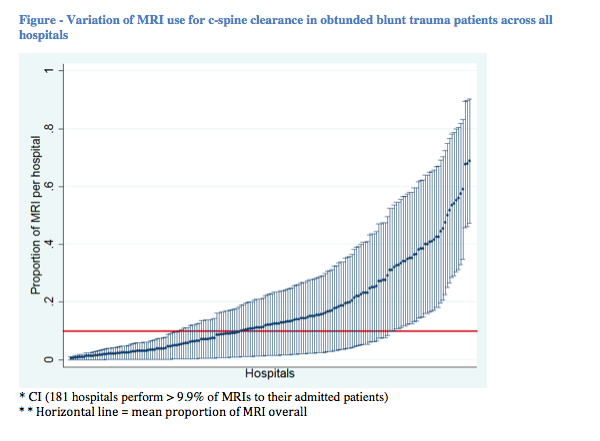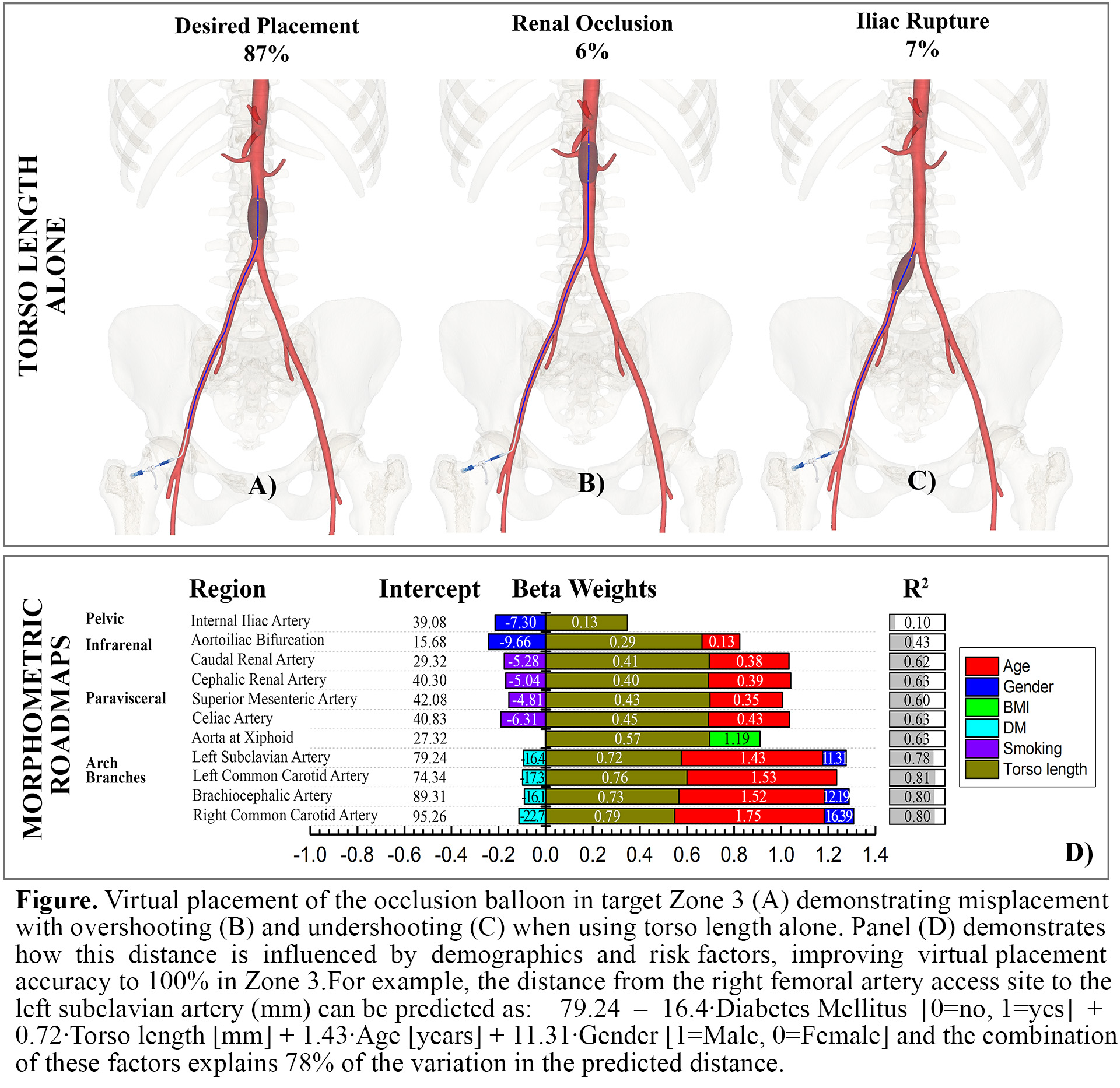B. Chung1, P. Miller1, J. J. Hoth1 1Wake Forest University School Of Medicine,General Surgery,Winston-Salem, NC, USA
Introduction: Trauma patients with cirrhosis are known to have a poor prognosis. The subset of injured patients (pts) with traumatic brain injury (TBI) and cirrhosis would be expected to do poorly, but the impact of this combination on outcome and resource utilization has not been addressed. The purpose of this study is to evaluate the outcomes of cirrhosis in conjunction with TBI.
Methods: A retrospective review was conducted through our trauma registry from 2010-2014. Cirrhotic pts with TBI were identified and compared to a non-cirrhotic group that was matched 1:1 for gender, age, type of TBI, Abbreviated Injury Score for the respective TBI, Injury Severity Score, and other traumatic injury. Student’s t-test and χ 2 were used for analysis and a p<0.05 considered significant.
Results: 24 pts with cirrhosis and TBI were identified and matched to 24 non-cirrhosis control pts. Pts with cirrhosis had a higher mortality (37% vs. 4%, p=0.01), longer length of stay (11.25 days vs. 5.79 days, p=0.008), ICU days (5.67 vs. 1.91, p=0.007), and ventilator days (4.04 vs. 0.75, p=0.003). In addition, the cirrhosis group had increased incidence of infection/sepsis (14 vs. 2, p=0.005) and need for transfusions (13 vs. 2, p=0.001). Furthermore, 66% of surviving cirrhosis pts were discharged to a skilled nursing or rehabilitation facility vs. 13% in the control group (p=0.0001).
Conclusion: Cirrhosis in TBI is an exceptionally poor prognostic indicator, with more than 1 in 3 dying of their injuries. The average length of stay, ICU stay, and ventilator days in cirrhotics is also significantly longer compared to a matched non-cirrhosis group. Furthermore, they are larger consumers of resources since they are at higher risk of sepsis and need for transfusions. This indicates an increased utilization of hospital resources. In addition, 2/3 of pts that survive require a skilled nursing or acute rehabilitation facility on discharge. Overall, only 21% (5/24 pts) from the cirrhosis group are discharged to home, compared to 83% (20/24 pts) in the non-cirrhosis group. For cirrhotic patients with TBI that survive their hospitalization, there is further increased utilization of outpatient health resources. These data can be used to inform discussions of realistic goals of care in this difficult population.










